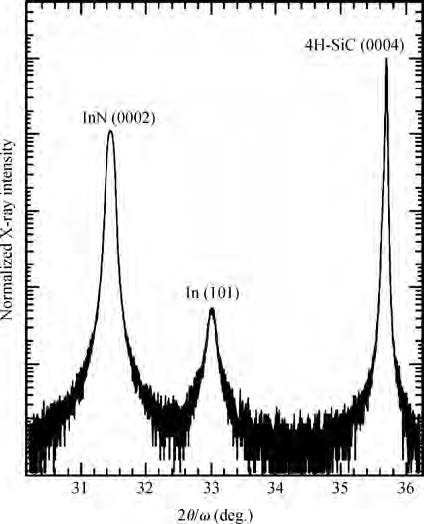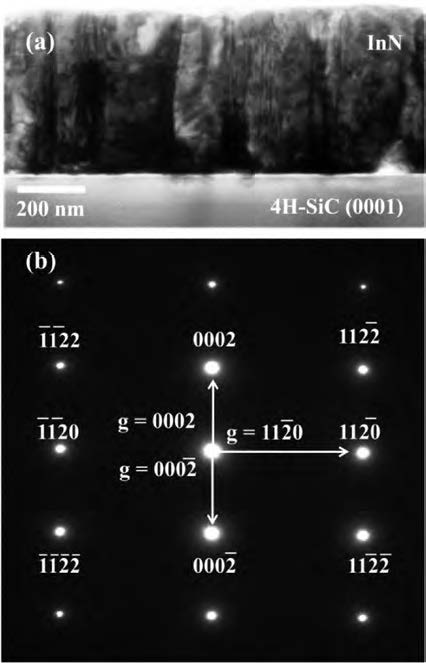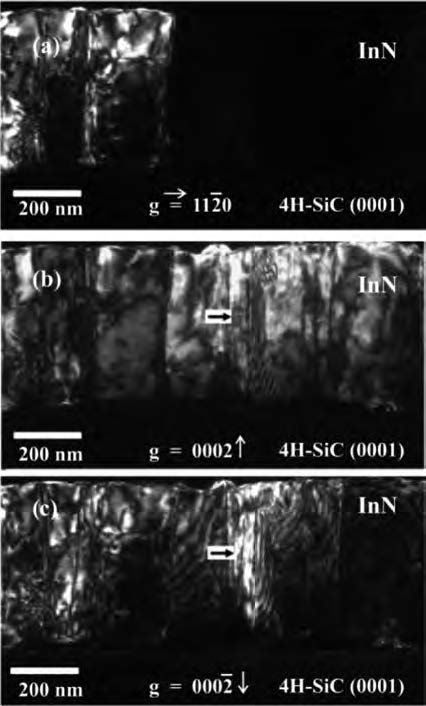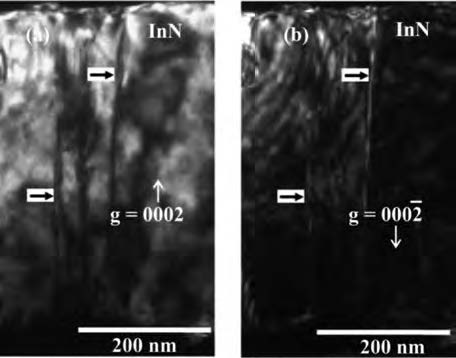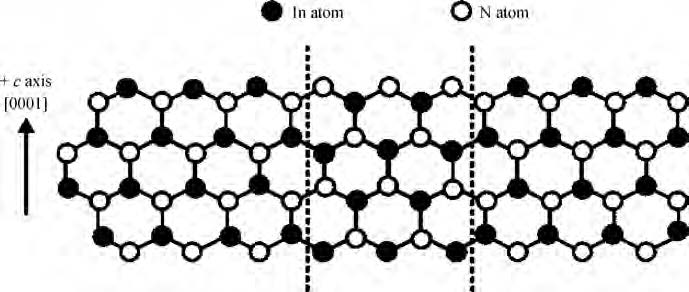| Citation: |
P. Jantawongrit, S. Sanorpim, H. Yaguchi, M. Orihara, P. Limsuwan. Microstructures of InN film on 4H-SiC (0001) substrate grown by RF-MBE[J]. Journal of Semiconductors, 2015, 36(8): 083002. doi: 10.1088/1674-4926/36/8/083002
****
P. Jantawongrit, S. Sanorpim, H. Yaguchi, M. Orihara, P. Limsuwan. Microstructures of InN film on 4H-SiC (0001) substrate grown by RF-MBE[J]. J. Semicond., 2015, 36(8): 083002. doi: 10.1088/1674-4926/36/8/083002.
|
Microstructures of InN film on 4H-SiC (0001) substrate grown by RF-MBE
DOI: 10.1088/1674-4926/36/8/083002
More Information
-
Abstract
InN film was grown on 4H-SiC (0001) substrate by RF plasma-assisted molecular beam epitaxy (RF-MBE). Prior to the growth of InN film, an InN buffer layer with a thickness of ~ 5.5 nm was grown on the substrate. Surface morphology, microstructure and structural quality of InN film were investigated. Micro-structural defects, such as stacking faults and anti-phase domain in InN film were carefully investigated using transmission electron microscopy (TEM). The results show that a high density of line contrasts, parallel to the growth direction (c-axis), was clearly observed in the grown InN film. Dark field TEM images recorded with diffraction vectors g = 11$\overline{2}$0 and g = 0002 revealed that such line contrasts evolved from a coalescence of the adjacent misoriented islands during the initial stage of the InN nucleation on the substrate surface. This InN nucleation also led to a generation of anti-phase domains.-
Keywords:
- RF-MBE,
- TEM,
- InN,
- threading dislocation,
- anti-phase domain,
- crystal polarity
-
References
[1] [2] [3] [4] [5] [6] [7] [8] [9] [10] [11] [12] [13] [14] [15] [16] [17] [18] [19] [20] [21] [22] [23] [24] [25] [26] [27] -
Proportional views





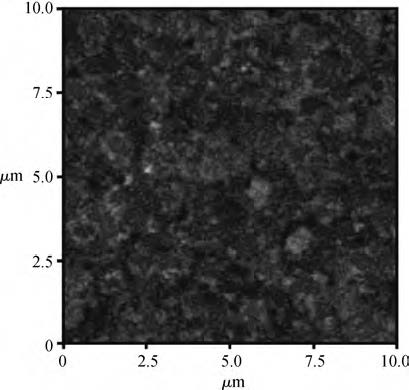
 DownLoad:
DownLoad:
